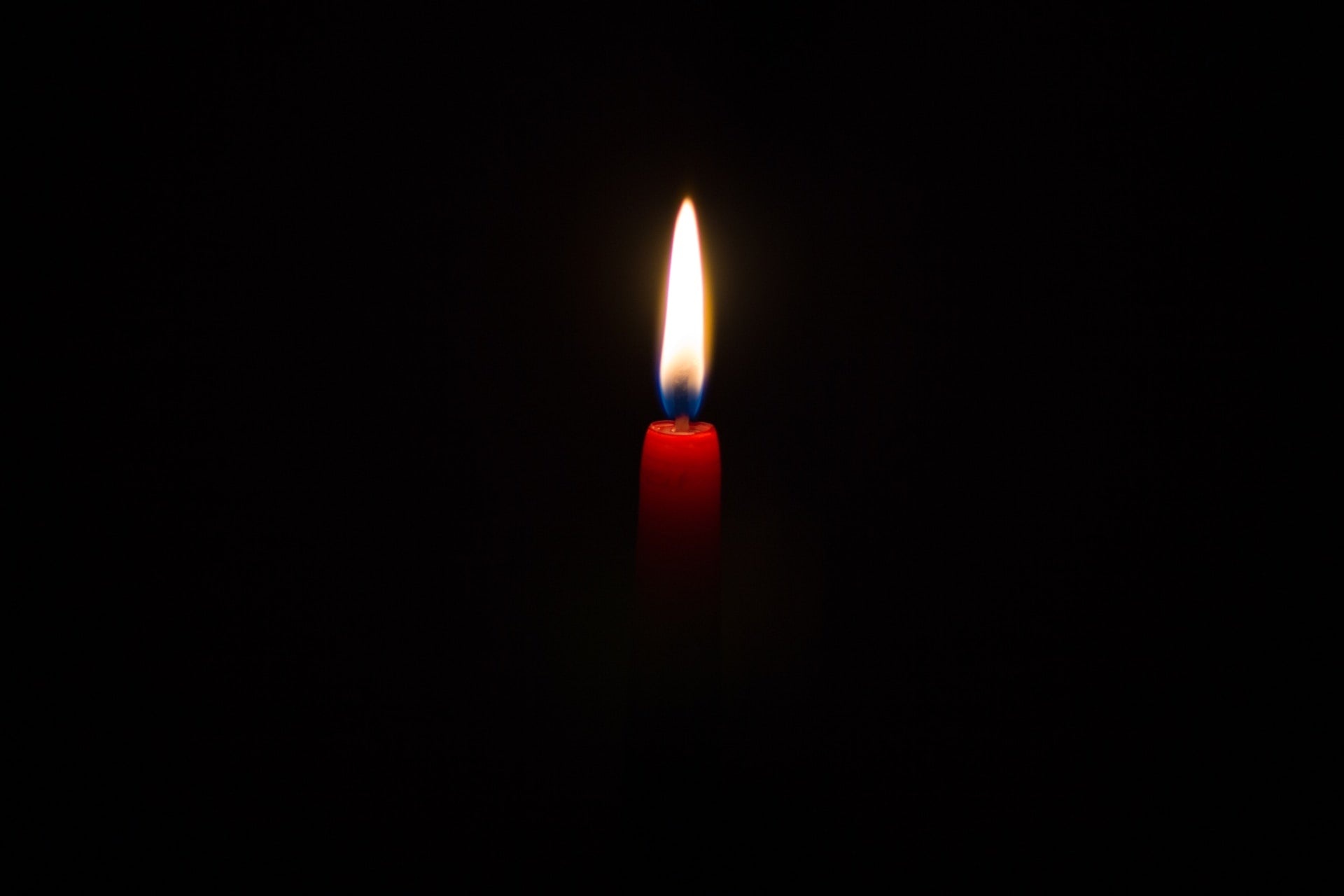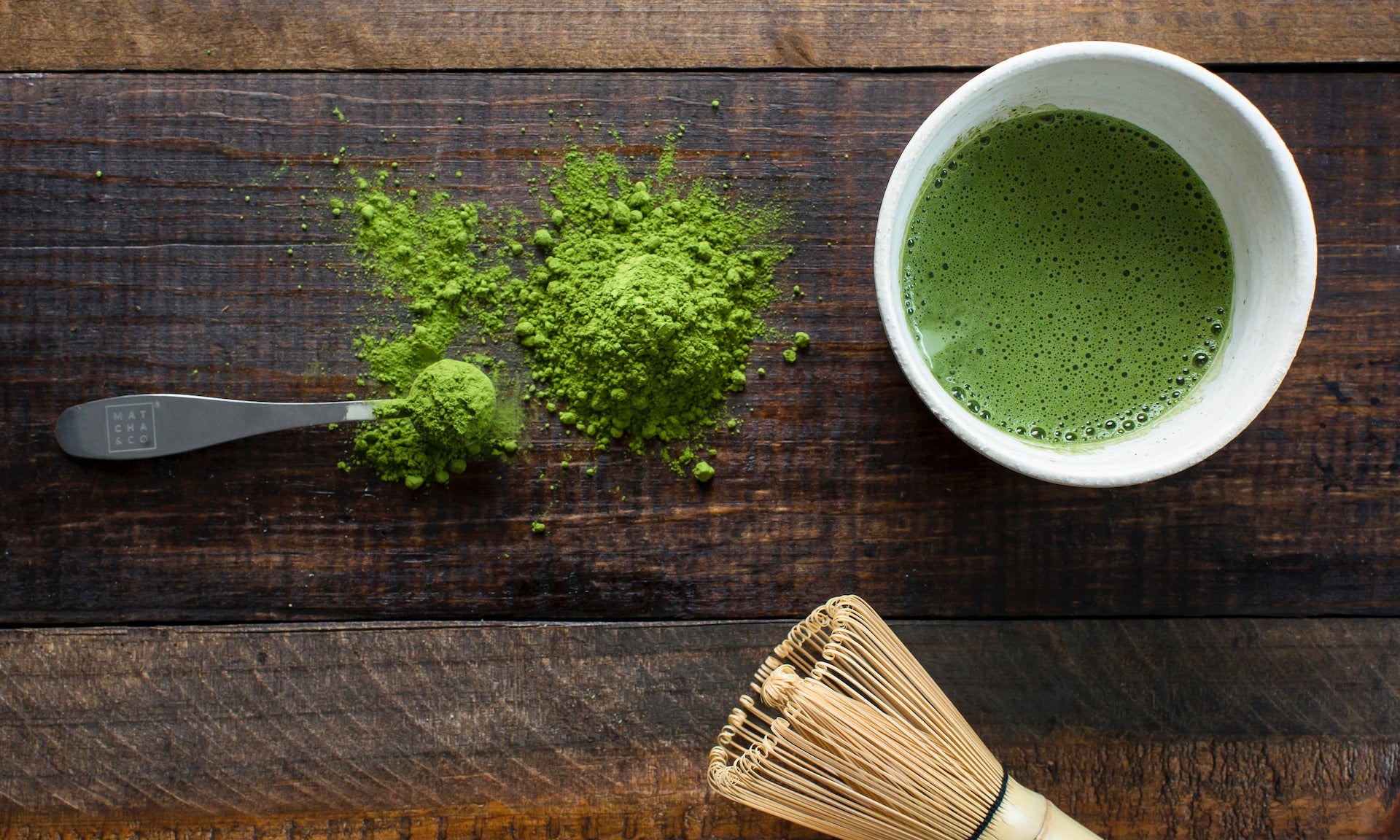With winter in full swing, many people are struggling with an early sunset, fewer hours of daylight, and cloudy skies. As a result, you might feel sluggish in the morning and tired yet wired in the evening. But even at this time of year, you can game your indoor and outdoor light exposure to perk you up when you need to get going and wind back down again later so you can get a restful sleep. Here's a whole-day playbook for balancing light and dark to optimize both ends of your circadian cycle.
Morning
When you first wake up, it might be hard to tolerate light as you blink your way bleary-eyed into the morning. It’s tempting to keep the shades closed and shuffle around in the gloom for a few minutes, at least until you have a mug of coffee in your hands. And yet the exact opposite is the best tactic if you want to stimulate your body and brain into having a productive day. While that first caffeine hit can certainly help matters, a stable wake phase in your circadian rhythm needs early light exposure even more. Stanford University neuroscientist Andrew Huberman suggests going outside within 30 to 60 minutes of waking and spending at least 10 minutes in bright sunshine, 20 minutes outside on cloudy days, and half an hour to an hour outdoors if it’s very overcast. Build this into your morning routine by taking your cup of Joe or breakfast out onto your deck or patio.
If you can’t get outside because your schedule or the weather won’t allow it, then open all your blinds and turn on every light (especially bright overhead ones) to get some of the same benefits. Then try to step out into sunlight as soon as you can, without sunglasses or a hat that would shade your eyes. When you can leave your arms and legs uncovered, you’ll stimulate vitamin D production too. Huberman also advocates for setting consistent wake and sleep times to stabilize your circadian cycle.
Afternoon
Even if you get sufficient morning light exposure, you can still be subjected to the dreaded early afternoon crash. This is actually a normal dip in energy levels that certain cultures have figured out is the perfect cue for a siesta. But in the West, we’re more likely to go back through the Starbucks drive-through to try and buck back up. Getting another dose of sunlight is even more effective at stimulating your wake drive, and you can amplify the positive effects when combining this with physical activity.
You could block off an hour to run outdoors (or hike, cycle, or paddle if you work from home and have a flexible schedule), follow Steve Jobs’s example and have a walking meeting with a colleague, or indulge that caffeine craving by walking to the nearest coffee shop. If you metabolize caffeine slowly, just make sure you cut it off by midafternoon, so it isn’t still stimulating you at night.
Evening
Optimizing the daytime portion of your sleep-wake cycle is all about ramping things up with morning and afternoon sun exposure and movement, while the nighttime phase requires dampening your circadian response with darkness and minimal light. Seeing the sun set can provide an ancient visual cue that evening is coming, which you can enhance later by stargazing if the sky is clear enough. Indoor lighting is just as important, if not more so. While modern homes utilize bright LEDs to try and save energy, their spectrum is the exact antithesis of what your body wants when it’s trying to downshift.
In an episode of The Basketball Strong Podcast, sleep guru Dr. Chris Winter shared that he helped one pro athlete overcome insomnia by having him turn off every light in his house and use a headlamp instead. If you don’t want to go that far, Edison bulbs provide a warmer glow that doesn’t stimulate your nervous system and give your home a retro look. Other experts like Dr. Michael Breus recommend using energy sipping, darker bulbs like the GoodNightin the evening. Turning dimmer switches to their lowest setting can also be beneficial. Try to switch off as many overhead lights as you can and opt for lamps instead. Screentime is a double whammy for circadian disruption because it combines blue light exposure and mental stimulation, so if you must work, use a tool like f.lux to dim the monitor or night mode on your phone. Then shut down your screens two hours before turning in.
Bedtime
When you want to get a good night’s sleep, it’s essential that your environment is tuned so that you’re not disturbed by external stimuli. In an episode of The Kevin Rose Show, Huberman shared that bright light exposure between 10 PM and 4 AM doesn’t just disrupt sleep, but also reduces production of dopamine, aka the happy hormone. So if you must keep your phone in the bedroom, make sure the brightness is on the lowest setting and that it’s face down away from the bed. Trade in that bright old alarm clock to one with a red numerical display so that it’s not emitting bright light that could sneakily alter your sleep patterns.
If you don’t want to shell out to switch your blinds, then get a set of blackout curtains to help keep your room nice and dark all night long. Is your bedroom pulling double duty as your home office? Make sure your printer is switched off, your laptop is unplugged, and you’re not charging your tablet or other devices. These lights might be little, but they can still diminish the value of your sleep.
Light isn’t the only thing that could potentially impact your sleep quality and quantity. Unless you’re a new parent listening out for your baby, there’s no need for noise to be disruptive, so consider using earplugs to block out traffic, barking dogs, dawn trash pickup, and other intrusive sounds. You could also try a white noise machine if you live in a city or have noisy neighbors.
Temperature regulation is another key to sleeping soundly. A Japanese study found that when participants lowered their body temperature by just one degree, they fell asleep faster, woke up less, and slept for longer. If you’re into tech biohacks, Sleepme’s products can help you and your partner create your own microclimate, with cooling down to 55 degrees Fahrenheit for those who run hot at night. Or you could just use lighter layers, less clothing, and a thermostat setting of 60 to 68 degrees.



















